Making the perfect Cappuccino or Flat White at Home without having Espresso Machine
You know when you want something but can't have it, making you crave it all the more. And you couldn't go to your local cafe right now, and you didn't have an espresso machine at home. You might want a little flat wide or a cappuccino or a latte. We are here to help you how you can get some delicious drinks without having to have an espresso machine.

We're going to explore how we can take coffee equipment we might already have and a few other bits and pieces and get to something surprisingly good. Now that isn't to say espresso machines aren't necessary or valuable. The magic of espresso is that it can extract all of the excellent-tasting soluble stuff from the ground coffee, using very little liquid. You can end up with a solid cup of Coffee that tastes fantastic, has great texture, and has some lovely crema. That's the magic of espresso. No other brew method can do an excellent job of getting the flavour out of the grounds with as little liquid. Let's say we've got a good burr grinder but one that can't do espresso like a little wilfa grinder.
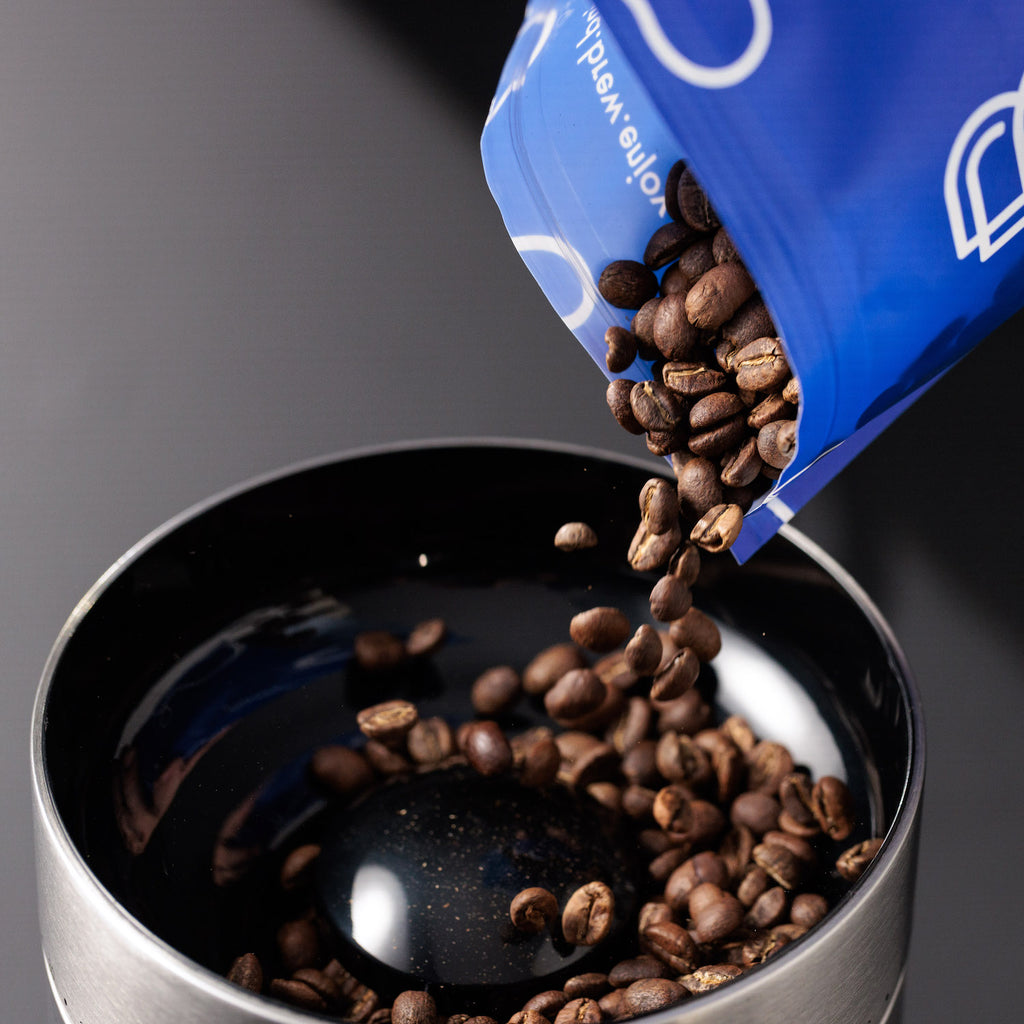
We can still use a grinder like this to get something great. We're going to make very strong Coffee, but about half as strong as espresso. To get all of the good flavours out of the ground coffee that we're going to start with, we're just going to use a little more water. And that means we can use a, a pretty fine grind, but not as fine. We need a little bit of pressure in there to get the water through the grinds. For that reason, we will be looking at the Aeropress and the Mokka pot. Many people have these things that can brew surprisingly strong Coffee that tastes great. Once we've looked at how to get the best out of these. Then we're going to talk about foaming milk at home.
We're not going to get overly hung up on the definitions of a cappuccino, a flat white, or a cafe . We want you to make something everyone likes, which requires you to have a cup you desire of an appropriate size. Today we're trying to mimic an espresso in a way. So we'll start every time with 18 grams of ground coffee. Now in espresso, that would produce 36 to 40 grams of liquid. Here we're going to look more at 65 to 70 grams of liquid, using a little bit more water as a solvent to pull out some more flavour. That means we need some space in the cup for milk on top of that. So something in the six seven ounces, 180 200 mils. That size is a good place to start if you like the taste of Coffee.
But you can go a bit bigger if you like something a little softer, sweeter, and less intense. Let's talk about how we're going to brew the Coffee. First of all, let's talk grind size for the 18 grams of Coffee we're going to use each time we're going to be grinding pretty fine. We will be towards the limits of a typical cheap burr grinder. We need to have a little bit of texture to it. It shouldn't feel too fine in any way. It should feel between cast sugar and salt. It'll have a bit of texture, but on a ground like the Wil, you are down at pretty much the finest setting here. You want to be a bit coarser for these techniques if you're using a grinder that can go to an espresso setting.
These techniques will only work well if you're buying whole beans Coffee. It would be best if you had a grinder to make delicious Coffee.
What kind of Coffee are we going to be using?

Generally speaking, we will be speaking for espresso coffee. We would be picking an espresso roast style. They're typically roasted a little bit longer, deeper, and more developed to make them easier to extract with less water. If we brewed with a filter coffee, chances are we'd need to do a better job extracting it, and we'd have a very sour, unpleasant experience even when we've added our delicious sweet milk down the line. Let's start with the Aeropress. It claims it can make espresso. It can't. Espresso is quite a specific thing. Aeropress cannot make it. We cannot produce the pressures that is necessary.

Now, this is one of the few times where I'd advocate actually for brewing in what's called the inverted method. The conventional way to brew is to place this on the cup, add your Coffee, add your water, and do your extraction. What some people like to do, though, is called the inverted method, where you take the plunger, this becomes your base, and in here, you have a chamber where if you add water and Coffee, they can't go anywhere. That's what we're going to do this time. Do make sure it's plunged in a decent amount of the way. Be very careful so when you preheat the Aeropress, not to burn yourself. You can ensure your filter is rinsed and ready to go.

Get your coffee scale, add your 18 grams of Coffee and hit zero. So we're going to add 90 grams of water now, which will give us about 70 grams out because the Coffee will absorb some, and we will need to stir to ensure all of the Coffee is getting wet. Now it will be a bit clumpy because it's reasonably fine ground. So you want to be a little aggressive in your stirring. Now we're going to steep this for 90 seconds, which seems like a long time in the world of espresso, but this isn't the world of espresso.
We need to do a lot of extraction with not much liquid. That's a real challenge here. After 90 seconds, we'll inver it, and cup on first, give it a flip and give it a little swirling to ensure we've got no grounds stuck to the side.

And then give it just a second to have the grounds settle towards the bottom. We're going to press very gently. If we push too hard, we might effectively create a channel in that coffee bed and cause under-extraction. So we want quite a gentle pressing. Normally we would not push all the way to hear the hiss at the end, but here we need every gram of liquid. We want to hear that bubbling hiss. We have 65 to 70 grams of solid Coffee, perfect for diluting with some delicious milk.
Generally, we like the Moka pot, but you can easily end up with something very strong but very bitter.
Making Coffee with the Moka pot
The Moka Pot is designed to do a 10-to-one ratio roughly. If you fill a moka pot to just below, it's pressure valve. with the one we are using that will be about 200 ml of water and this basket holds about 20 grams of Coffee.
We don't want all of that water to go through that Coffee. We're going to dose again 18 grams into this basket. We'll be using that finer ground setting on the coffee grinder, as mentioned earlier.
Here's a quick run from start to finish to make coffee with Moka Pot:
- Fill it with freshly boiled water to just below the valve
- Ground your Coffee. Don't tamp it, don't mess with it, or compact it in any way.
- Put it all together and put it onto medium heat and no higher than medium.
- Now you're just going to have to pay attention. You'll see that slow, beautiful coffee stream start appearing, and it will look delicious.
- You want to wait until you hear that very first bubble, that very first bubbling, and at that point, run it under the cold tap. Stop it as quickly as you can. At that point, you should have around 70 grams of liquid in a brewer like this of that kind of size or an appropriate amount for the size of mock pot that you're using.
So far, so good. But before you go any further, before you get the milk, taste the Coffee. Because at this point, you need to know if you've messed up, If it tastes sour and is a little bit weak and empty and feels you didn't grind fine enough. If it is, a brutal mouthful of bitterness, you've gone a bit too fine, and you can go a bit coarser next time. You don't want to prep a bunch of milk, finish the drink, taste it at that point and be like, Oh, this is disgusting.
You want balance. There's a touch of acidity, but it's not overwhelming. There's some nice sweetness and texture, and there's a little tickle of bitterness, but that will be balanced nicely in the next step with our foamed milk. N
Milk frothing:
We have two options for home users without spending a great amount. All of them are cheaper than any decent espresso machine that might provide you with some steam with which you could steam milk.
So while they involve spending some money, they involve spending less.
Let's start with this one because it looks familiar. This is made by Bodum, the same people who make French presses, and it looks exactly like a French press. So everything can 100% be done with a French press.

- You add hot milk up to the indicated line, and no more.
- Now in terms of milk temperature. Milk breaks at about 70 degrees Celsius. Above that temperature, it permanently irreversible changes the chemistry and taste of the milk. You begin to cause it to break down and create new and often unpleasant flavours. It gives you that kind of cooked eggy smell. You can't have a delicious, boiling milk drink. So, generally speaking, we recommend going no higher than 65 degrees Celsius.
Star pushing up and down until you end up with this reasonably foamy milk. We will not be able to pour a beautiful latte art because this is foamed in a French press, but the texture is okay, nothing fancy. The taste should be good, but the foam isn't perfect, but it's got a nice texture that would make for a reasonable cappuccino. There's a nice, pleasant, strong coffee taste as you'd expect from a drink like that. With a French press and a Moka pot or Aeropress, you can get a delicious cappuccino-like drink most would enjoy.
Milk Frother: Bialetti Milk Frother
Let's move on to some fancier milk foamer. Now we are going to try the Bialetti Milk Frother. This works very interestingly; you essentially have a kind of kettle, and inside there's a little spinny frother mechanism.

It works by putting your milk up to your desired level. Put your lid on push go. It froths the milk, whips in the air with that little whisk and heats it simultaneously. They tend to produce more foam than you expect them to, but the quality of that foam is excellent.
Then we'll give it a little swirl and a, transfer it into a jar, and try to pour something with it. It's a tricky texture to pour latte art with, but you can try get something like a little tulip or something like that out of it.

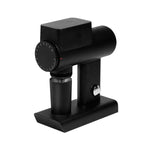
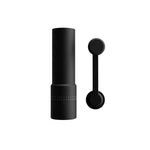



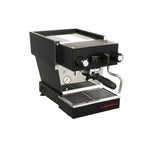




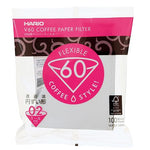

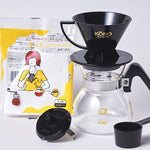
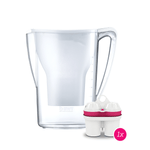
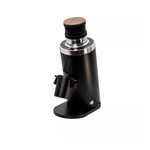
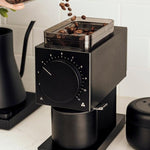
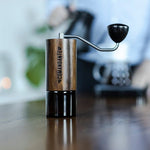

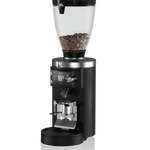
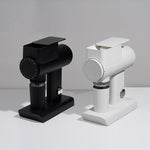
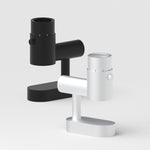
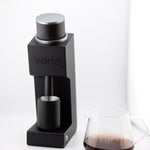
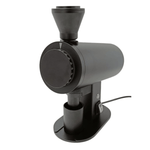
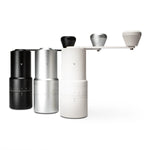

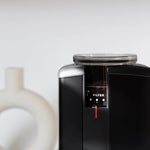
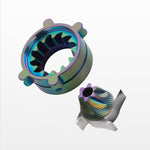

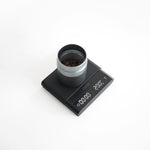
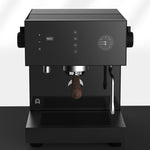
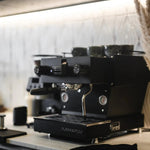
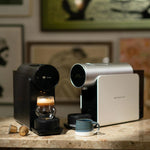
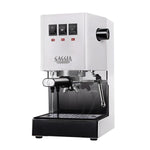
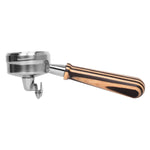
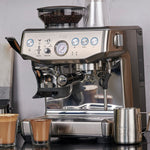
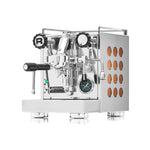
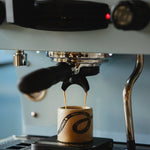



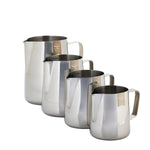
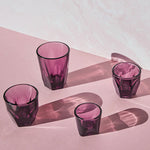

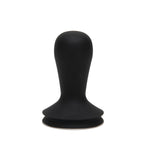
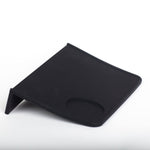
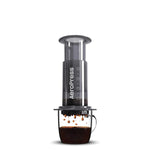
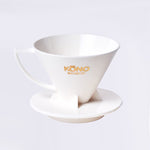

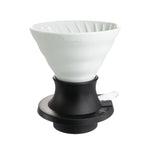
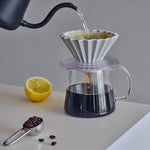
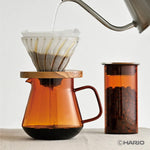
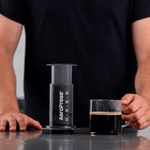
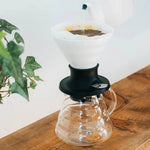
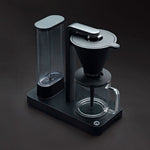
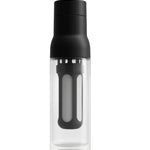
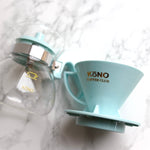
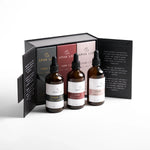

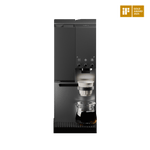
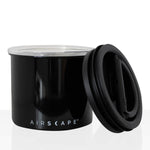

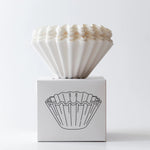
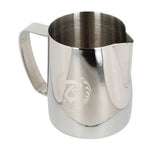

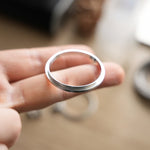

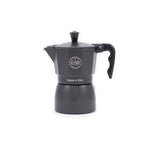
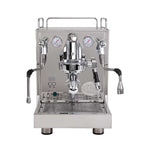
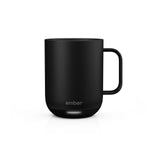
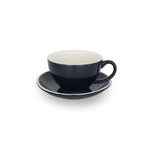
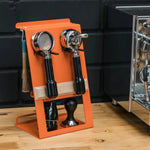
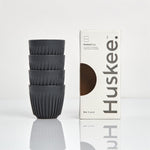
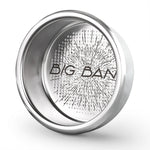
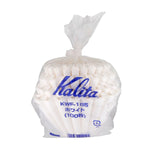
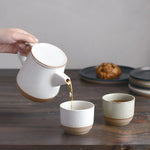
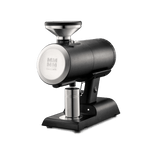
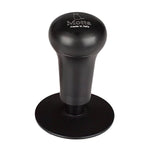
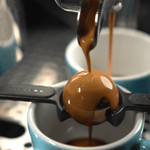

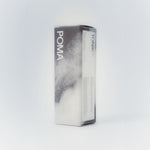

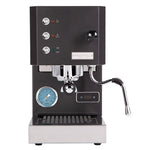
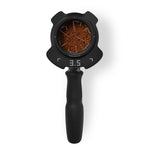
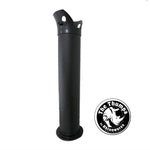
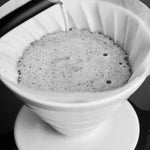
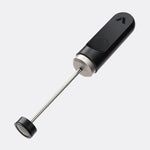
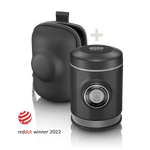



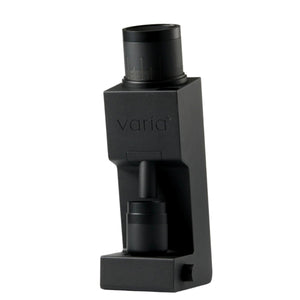
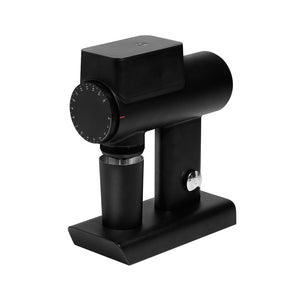
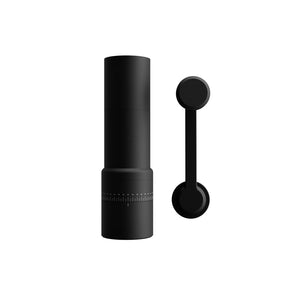


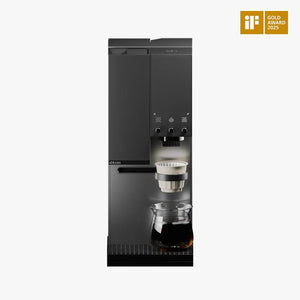
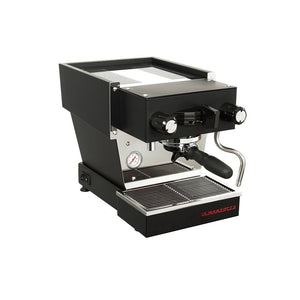
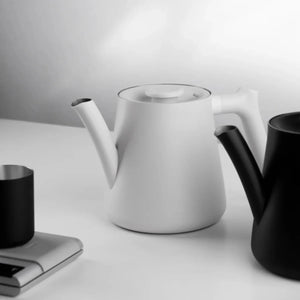
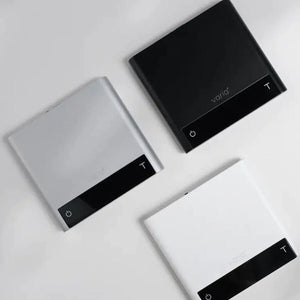
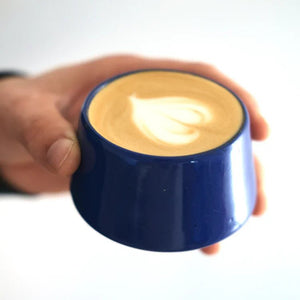
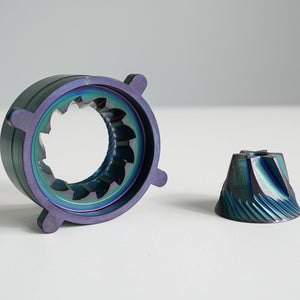
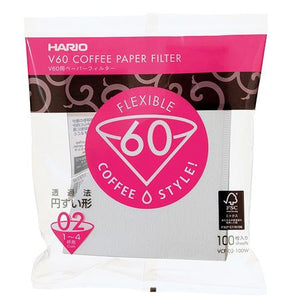
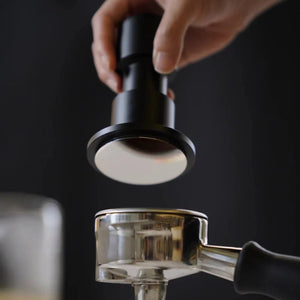
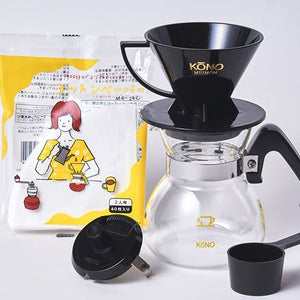

Leave a comment